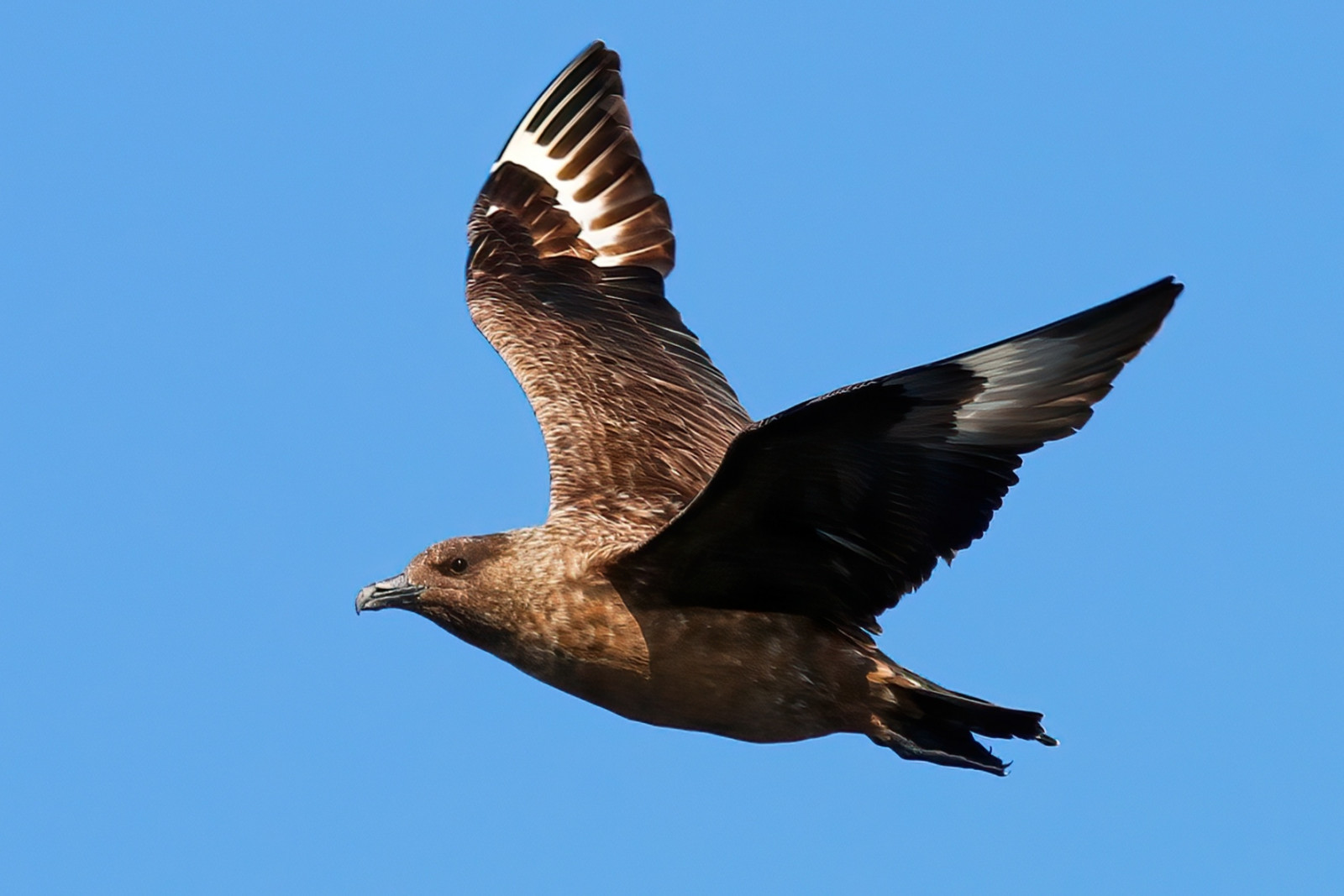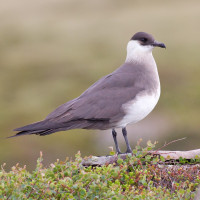Beschreibung
Solheimasandur is famous for its immense black beaches and, of course, the plane wreck which is located near the shoreline. It's about three km between the parking lot and the plane and in between there's just black sand and some small patches of vegetation. There's also a small river located on the east of the pathway towards the plane.
The river is a good spot for species like Bekassine, Regenbrachvogel and Uferschnepfe. Small songbirds, like Schneeammer and Wiesenpieper.
During breeding season, the area is also home to breeding pairs of both Skua and Schmarotzerraubmöwe. They tend to breed on top of the vegetation patches and are pretty alert. You can't come to close and they are easily triggered to attack you! So watch out! Hold someting in the air, like a cap and they'll try to attack that instead of your head.
At the shoreline, you'll have a great view over the ocean. Species like Küstenseeschwalbe, Atlantiksturmtaucher and Basstölpel can be seen here.
Details
Zugang
The area is accessable by a pathway all the way down towards the plane wreck. Nowadays, a bus brings you there, but you can decide to walk towards the plane and enjoy the view (see map for alternative track). You'll have to cross the river when walking the alternative route; this river, depending on the season, is very cold, but just 30 cm deep.





